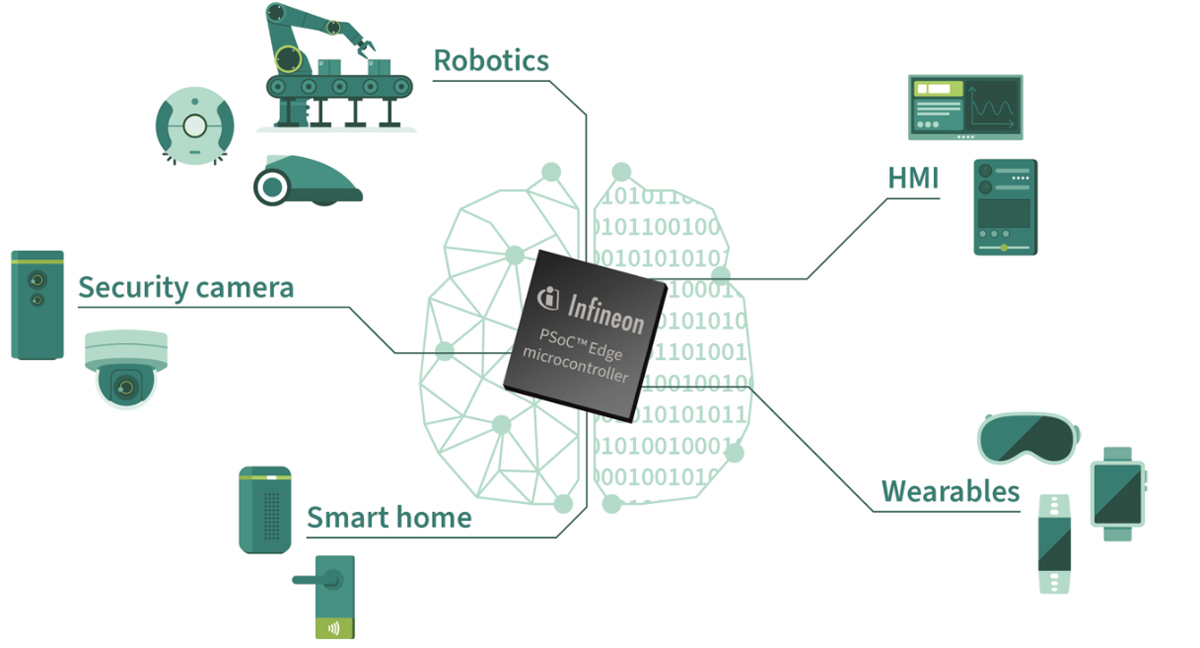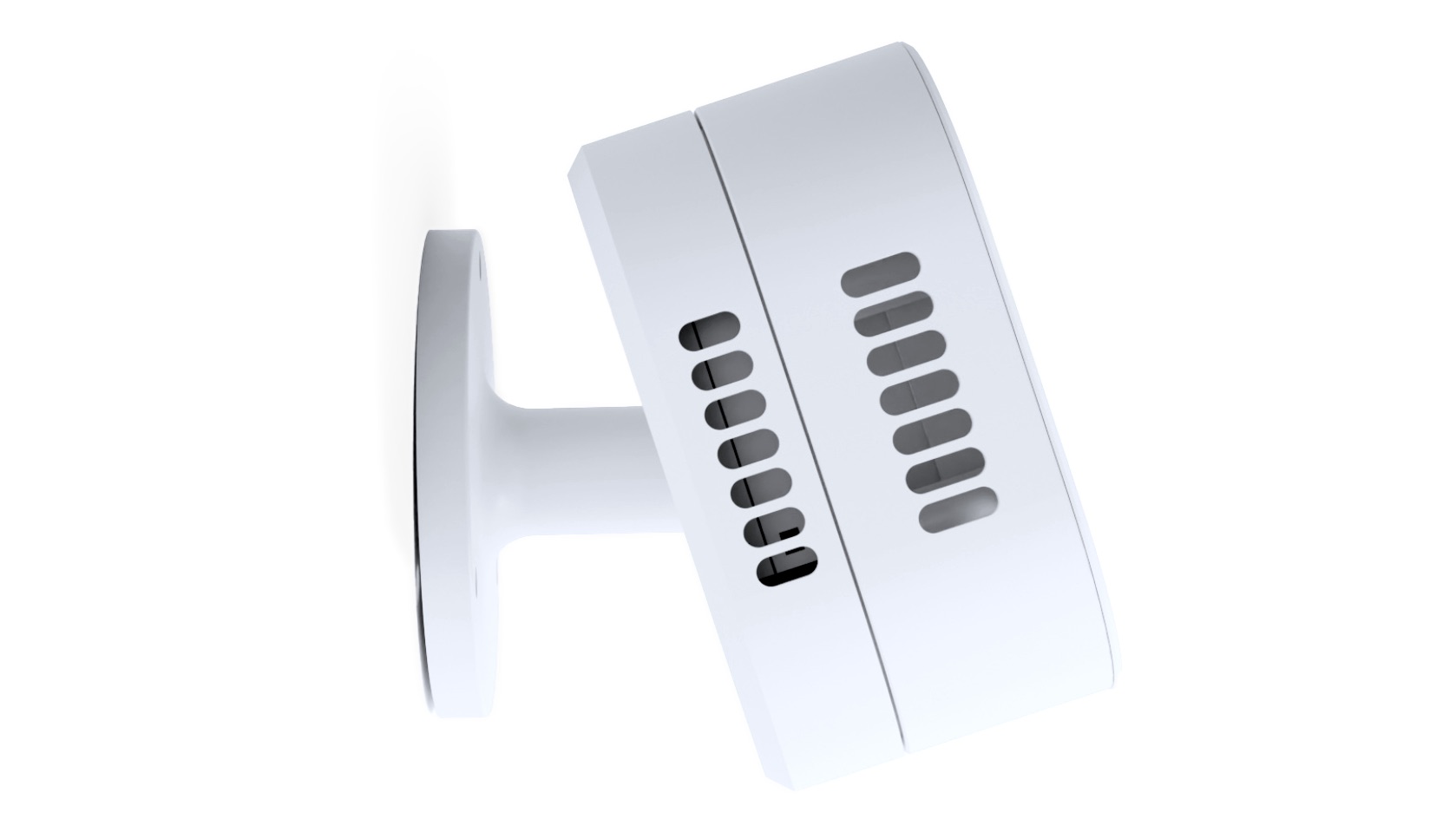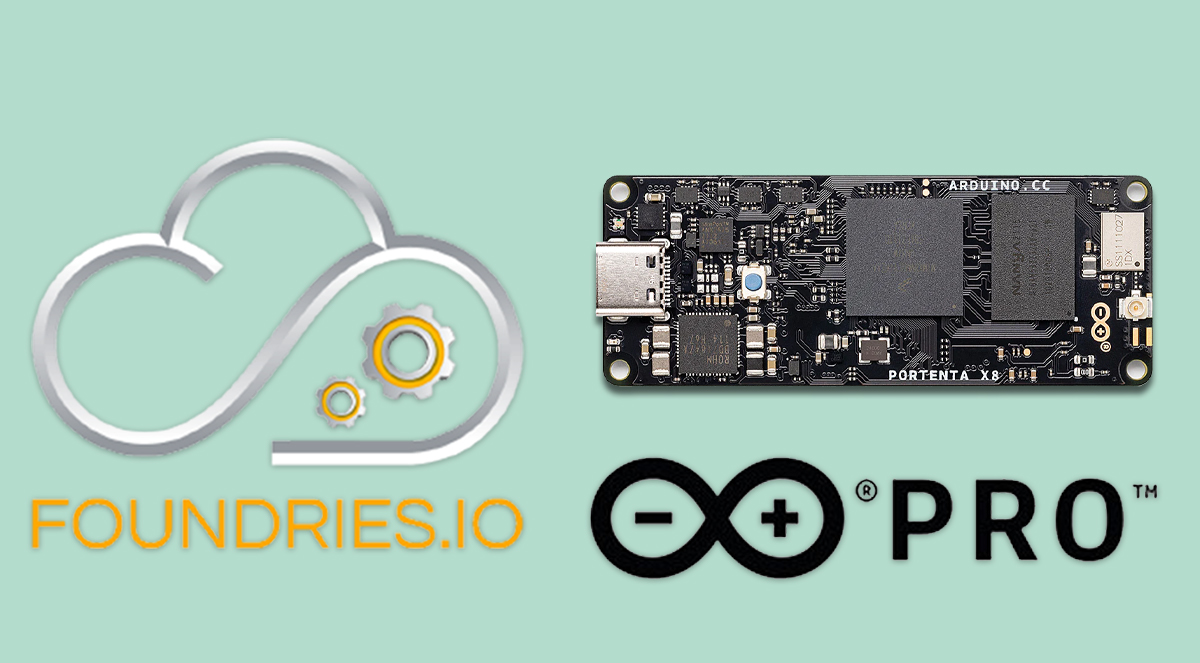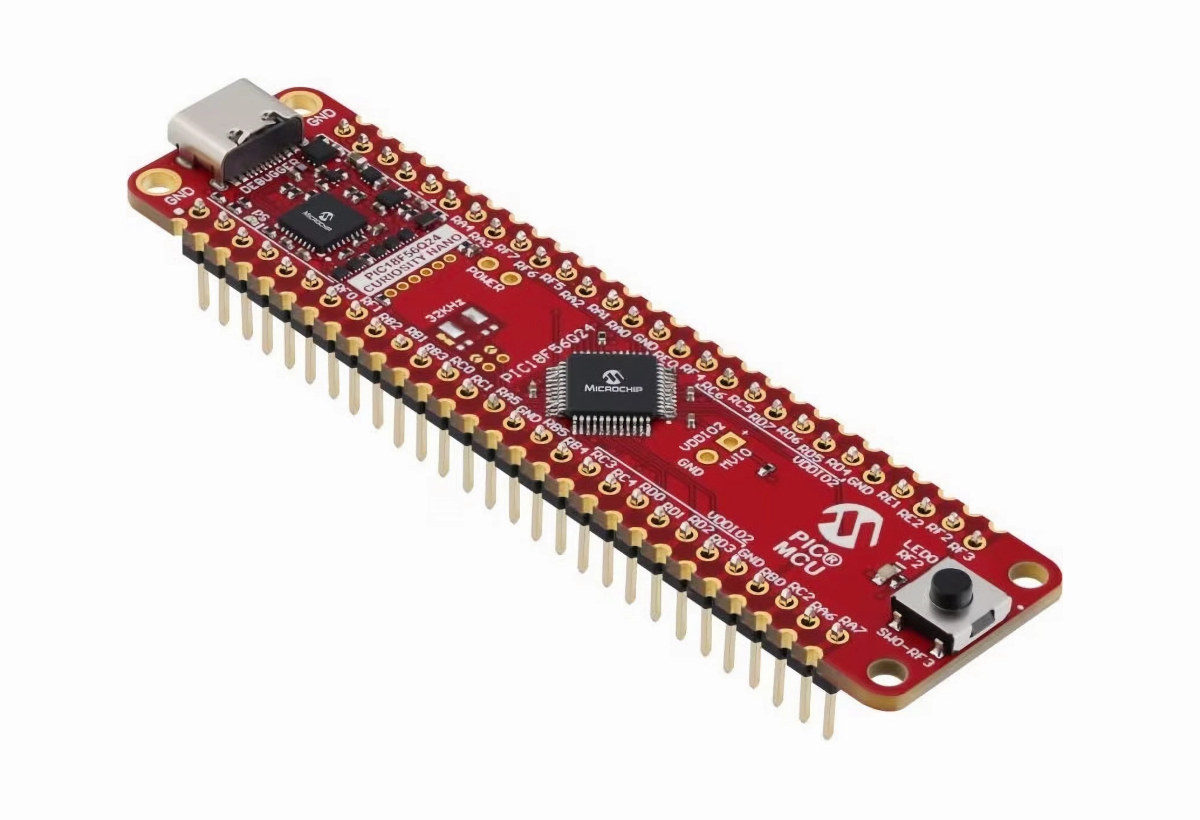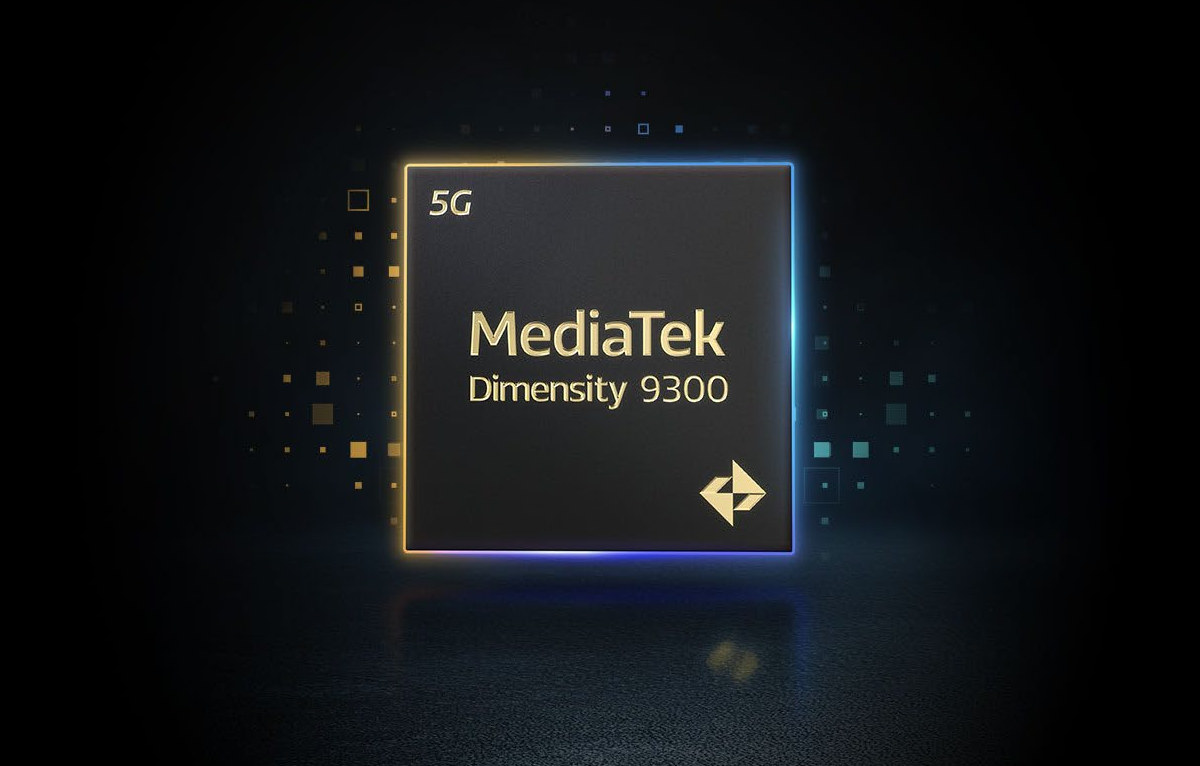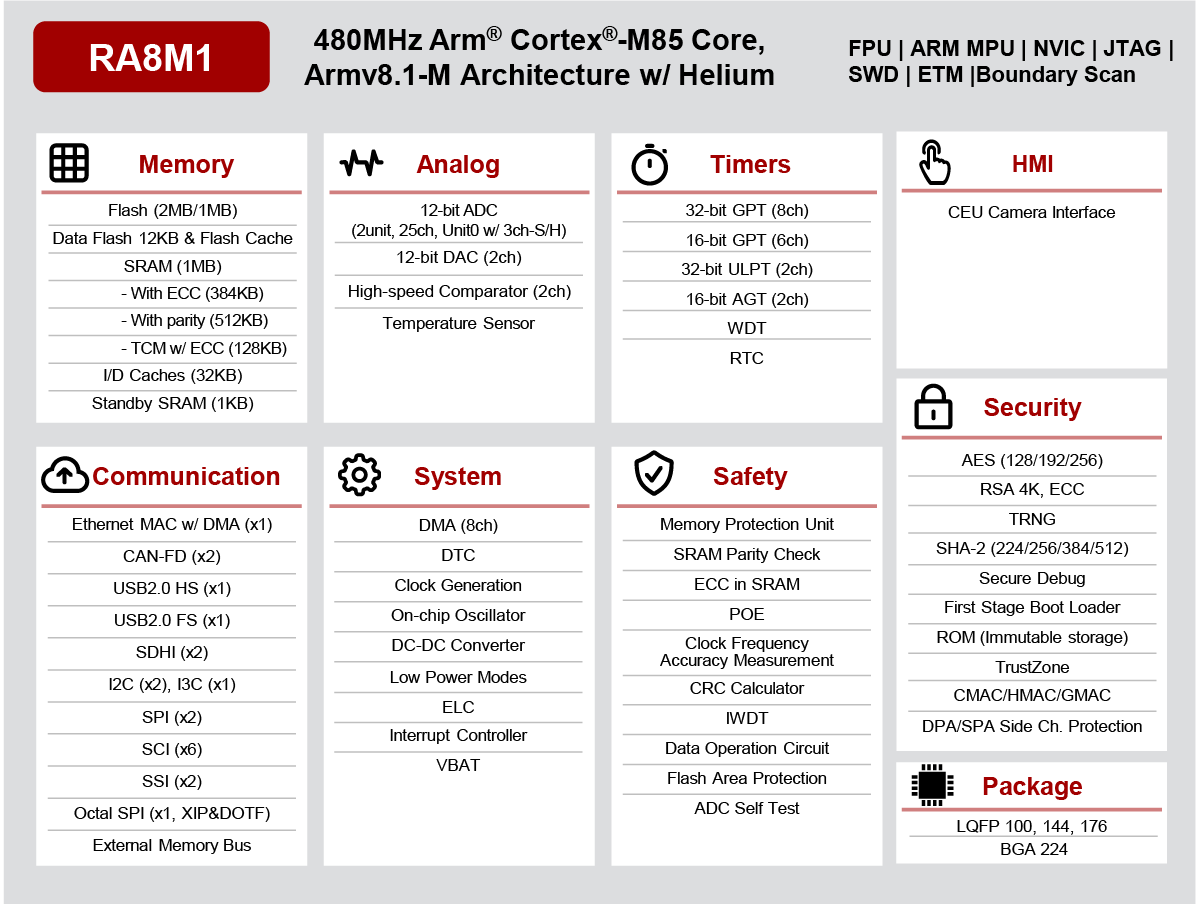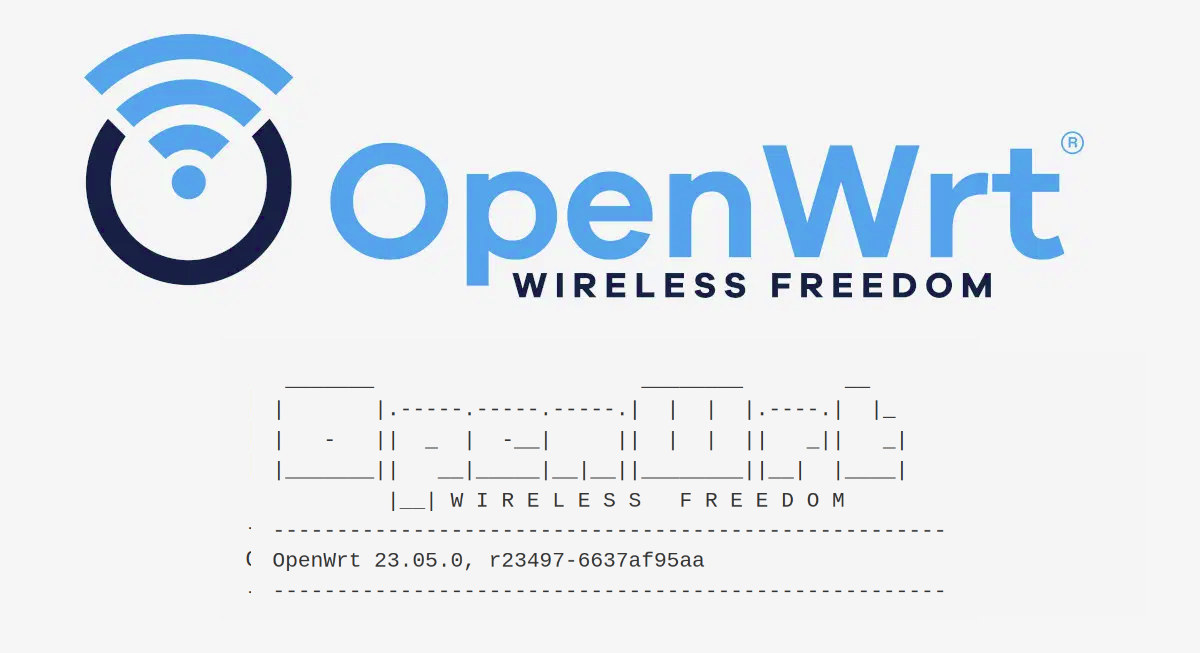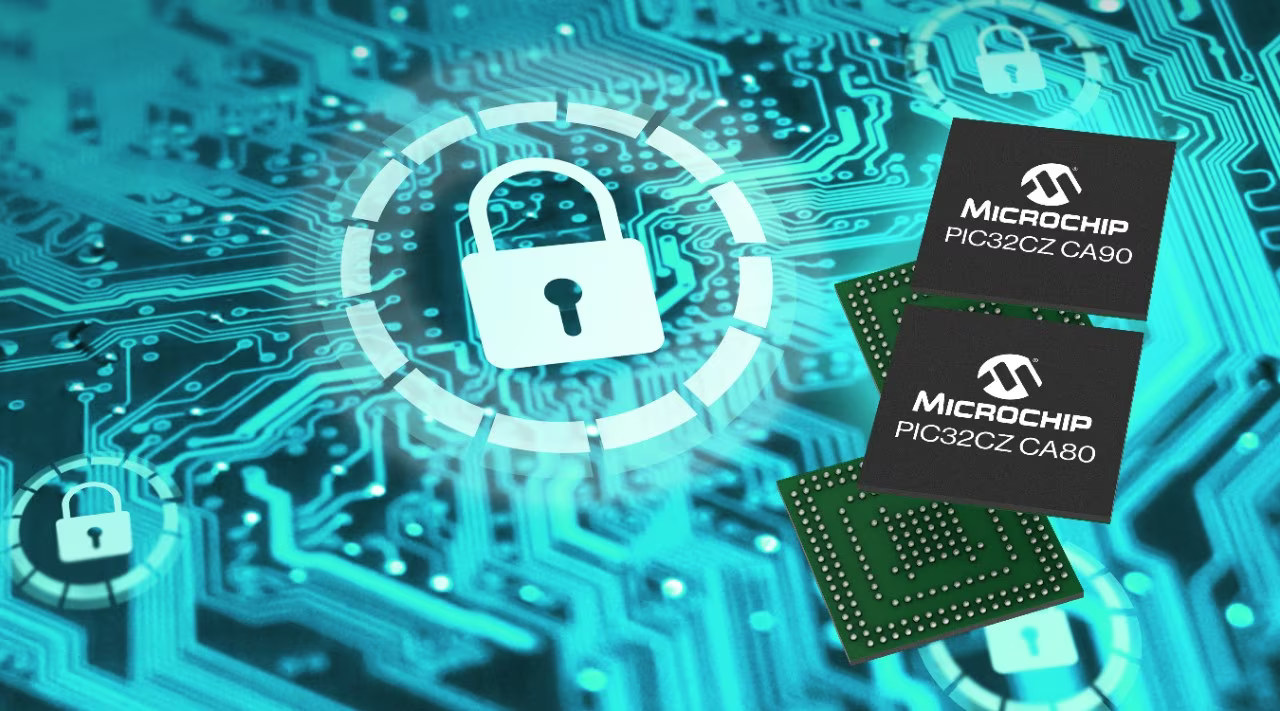Infineon’s new PSoC Edge series of microcontrollers integrates the Arm Cortex-M55 core with Helium DSP and the Ethos U55 NPU unit for advanced AI tasks. It also includes a power-efficient Arm Cortex-M33 core paired with an NNLite(DSP/NPU) for simpler AI tasks. This setup allows the device to be more efficient in varying load conditions. Infineon’s PSoC lineup is a configurable microcontroller powered by Arm Cortex-M4, Cortex-M3, or Cortex-M0+ cores. The main USP (Unique Selling Point) of this lineup is its configurable digital and analog components. This feature makes them somewhat similar to an FPGA, but an FPGA is far more difficult to program than these microcontrollers and they are also very power-hungry. The device is equipped with advanced HMI and “Always-on” capability. “Always-on” is a feature of this device to constantly monitors and responds to signals automatically, making it suitable for smart homes, security, wearables, robotics, and many more. Key […]
RoomSense IQ – An ESP32-S3 modular room monitor with mmWave radar presence detection (Crowdfunding)
RoomSense IQ is a modular room monitor for presence-based home automation based on the ESP32-S3 module with Bluetooth Wi-Fi connectivity. It uses physical presence detection to automate your smart home devices. It comes with multiple sensors that can be used to detect human activity and track ambient light, temperature, and humidity levels. It uses mmWave radar technology to determine when rooms are empty and when they are occupied. It also features built-in temperature, humidity, and light sensors for indoor climate monitoring and control. Rather than relying on schedules, or voice detection, RoomSense IQ triggers automations or alerts based on whether people are in a room or not. It is therefore possible to set it to automatically turn off lights or air conditioning in rooms that are empty to save on energy. In addition, the device offers distance to target measurement that can be adjusted to trigger certain actions. RoomSense IQ […]
Arduino Portenta X8 achieves EU’s Cyber Resilience Act (CRA) compliance
Foundries.io, in collaboration with Arduino, has integrated its security software into the Portenta X8, making it the first system-on-module (SoM) to achieve CRA Compliance with the European Union’s Cyber Resilience Act (CRA). Last year, we covered the Portenta X8, Arduino’s first board with an Arm processor running Linux with expansion capabilities with add-ons such as the Portenta HAT Carrier Board, and you’ll find more details about the hardware in those posts. This new EU’s CRA specifies minimum security for all IoT devices in Europe from 2025. This includes: Establish standards for secure products with digital elements throughout the EU. Require manufacturers to focus on security at every stage of a product’s life. Increase user awareness of a product’s cybersecurity features. Demand that Original Equipment Manufacturers (OEMs) quickly address vulnerabilities in devices already in use. All these rules will be applicable for the full lifespan of the devices. Under the upcoming […]
Microchip PIC18-Q24 8-bit MCU focuses on security and supports Multi-Voltage I/O (MVIO)
The newly introduced Microchip PIC18-Q24 8-bit MCU implements security measures such as the Programming and Debugging Interface Disable (PDID) feature and optional support for an immutable bootloader, as well as support for Multi-Voltage I/O (MVIO) to interface with digital inputs or outputs at different operating voltages without the needs for level shifters. While it’s fun to find a new MCU platform that you can hack via serial, JTAG, or other debug interfaces, it can be a security issue, and the Microchip PIC18-Q24 aims to make that impossible by disabling programming and debugging interfaces and the 8-bit microcontroller also offers an option to make the bootloader impossible to modify once a specific configuration bit has been set. Microchip PIC18-Q24 key features and specifications: MCU core – 8-bit C compiler optimized RISC core @ up to 64 MHz Memory – Up to 4 KB of Data SRAM Memory Storage – Up to […]
MediaTek drops efficiency cores in Dimensity 9300 Cortex-X4/A720 mobile SoC
MediaTek Dimensity 9300 is a premium octa-core 5G mobile SoC with two clusters of four Cortex-X4 cores and four Cortex-A720 cores, but doing without any Cortex-A520 efficiency core, plus the latest Arm Mali-G720 GPU, and a MediaTek APU 790 neural processing unit (NPU) capable of support generative AI and large language models (LLM) with up to 33 billion parameters. Arm invented big.LITTLE and then DynamIQ technologies in order to mix cores with different power efficiency and performance characteristics in order to improve power consumption. Their latest launches included the Cortex-X4 premium core, Cortex-A720 performance/big core, and Cortex-A520 efficient/LITTLE core, but MediaTek decided to do without the Cortex-A520 in the Dimensity 9300 which strikes me as odd for a mobile SoC where power efficiency is important for a long battery life. MediaTek Dimensity 9300 specifications: Octa-core CPU with DynamIQ 4x Arm Cortex-X4 at up to 3.25GHz 4x Arm Cortex-A720 up to […]
Renesas RA8M1 is the world’s first Arm Cortex-M85 microcontroller
Renesas RA8M1 is an up to 480 MHz Arm Cortex-M85 microcontroller with Arm Helium technology to improve DSP and machine learning performance on Cortex-M microcontrollers, and delivering up to 6.39 CoreMark/MHz performance using EEMBC’s CoreMark, or over 3,000 CoreMark at 480 MHz. The Arm Cortex-M85 core was first unveiled in April 2022 as a faster Cortex-M7 alternative and new Arm Helium technology that delivers machine learning performance similar to Cortex-M55 application processor. We had some teases about the upcoming Renesas Cortex-M85 in the last year, but the world’s first Cortex-M85 microcontroller is finally here. Renesas RA8M1 key features and specifications: MCU core – Arm Cortex-M85 clocked at 240 to 480 MHz with Helium MVE (M-Profile Vector Extension) with 32KB I/D Caches and 12KB Data Flash Memory & Storage 1MB SRAM with TCM 1MB to 2MB Flash memory External memory interfaces (CS/SDRAM) Camera – 16-bit Capture Engine Unit (CEU) interface Communication […]
OpenWrt 23.05 released with MbedTLS by default, Rust packages, over 1,790 supported devices
OpenWrt 23.05 open-source Linux operating system for routers and resource-constrained headless embedded systems has just been released with over 4300 commits since the release of OpenWrt 22.03 a little over a year ago. The new release now supports over 1790 devices or about over 200 new devices compared to the OpenWrt 22.03 release with notable new targets including the ipq807x target for the Qualcomm IPQ807x WiFi 6 SoCs, the mediatek/filogic subtarget for the Mediatek Filogic 830 and 630 SoCs, and the sifiveu target for the HiFive Unleashed and Unmatched RISC-V development boards. OpenWrt 23.05 switches from wolfSSL to MbedTLS as default because the latter has a much smaller footprint and offers a more stable ABI (application binary interface) and LTS releases, but it does lack support for TLS 1.3, so users who need the latter may still switch to wolfSSL if needed. Another highlight of the new OpenWrt release is […]
Microchip PIC32CZ CA 300 MHz Arm Cortex-M7 MCU features a Hardware Security Module (HSM)
Microchip PIC32CZ CA is a new family of Arm Cortex-M7 microcontrollers with the PIC32CZ CA90 integrating a Hardware Security Module (HSM), and the PIC32CZ CA80 doing without one. The HSM in the PIC32CZ CA90 provides advanced security for industrial and consumer applications and operates as a secure subsystem with a separate MCU on board that runs the firmware and security features including hardware secure boot, key storage, cryptographic acceleration, true random number generator, and more. Microchip PIC32CZ CA key features and specifications: MCU core – Arm Cortex-M7 clocked at up to 300 MHz with 16KB ECC-protected instruction and data L1 cache, up to 256Kb of Tightly Coupled Memory (TCM): 128 KB each of ECC-protected Instruction and Data TCM Memory 512KB or 1MB SRAM with ECC, 8KB SRAM for backup mode 2MB, 4MB, or 8MB flash 2x 80KB boot flash memory 16-bit external bus interface (EBI) – Static memory controller for […]


